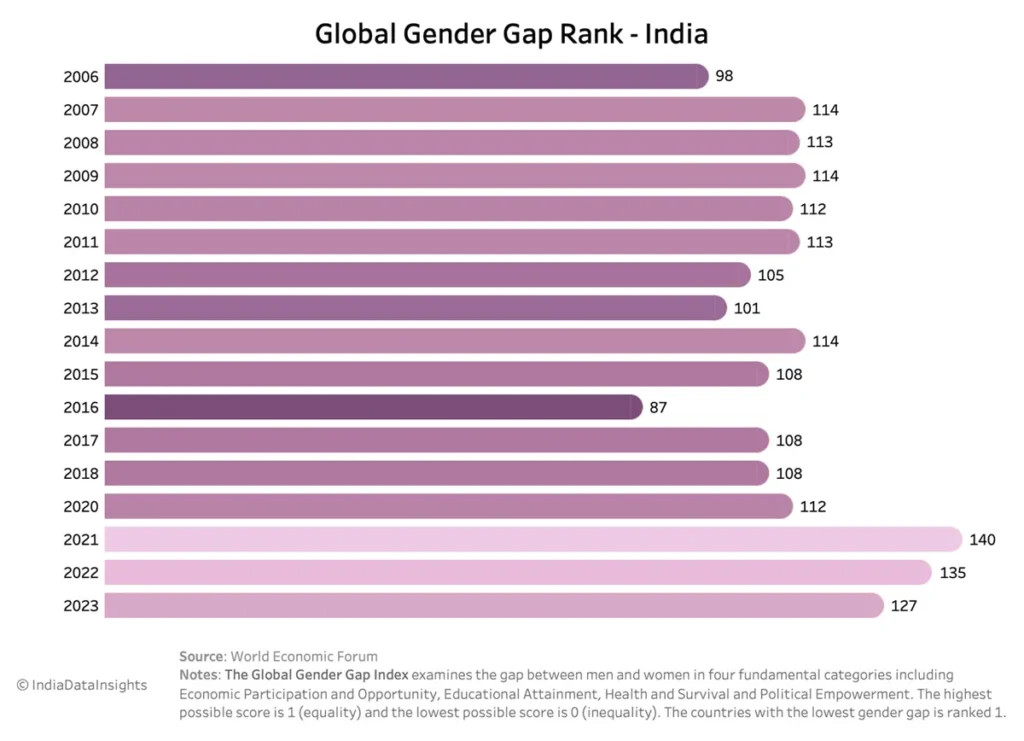Introduction to Sustainable Development Goals
In 2015, the United Nations adopted 17 Sustainable Development Goals (SDGs) to achieve a better and more sustainable future for all. These goals address global challenges, protect the planet, foster economic growth, and promote international collaboration. They aim to improve millions of lives worldwide, adhering to principles such as:
● Leaving no one behind
● Human rights and dignity
● Justice and equality
● Sustainability and environmental protection
● International cooperation and partnerships
Understanding SDG 5
Key Targets of SDG 5:
● End all forms of discrimination against women and girls everywhere.
● Eliminate all forms of violence, including trafficking and sexual exploitation.
● Ensure full participation and equal opportunities for leadership.
● Provide universal access to sexual and reproductive health rights.
● Undertake reforms to give women equal rights to economic resources.
Why SDG 5 Matters:
A Historical Perspective on Gender Inequality
Key Milestones in Women’s Movements:
● Globally: Women’s suffrage movements granted voting rights in countries like the U.S. (1920) and the UK (1918).
● India: Sarojini Naidu became the first female president of the Indian National Congress in 1925, breaking significant barriers.
Key Statistics:
● Globally, 68.6% of the gender gap is now closed—only a 0.1% improvement from last year. At this rate, reaching full parity globally could take about 134 years.
India’s Global Standing in Gender Equality
India ranks 135 out of 146 countries in the World Economic Forum’s Global Gender Gap Index 2024, scoring 0.629 (where 0 represents inequality and 1 represents equality). Despite its potential, India’s standing reflects persistent challenges:
● Limited access to education and healthcare
● Patriarchal norms and social inequalities
● Limited economic opportunities
● High poverty rates, child marriage, and female mortality
● Inadequate laws protecting women’s rights

Source: UN Sustainable Development Report 2023
India’s standing on SDG 5 in Numbers :
● From 2006 to 2016, India progressed toward closing the gender gap but regressed sharply post-2016, falling 40 ranks in six years.
● Female unemployment rates, particularly among graduates and postgraduates, are double those of males.
● In addition to labor participation, owning land and bank accounts are enablers of financial independence and stability. There is a wide geographical spread in women’s access to financial and economic resources, with the central belt performing poorly, while the southern and northern states performing well. The landholding capacity is lower in the western and central part of India, the highest being 72% in Ladakh and 70% in Arunachal Pradesh.
● Women’s representation in the lower house of the parliament has been less than 10% for almost six decades (1951-2004). In 2019, women representatives were elected in 78 constituencies, bringing the representation of women to an all-time high of 14.4% of the total seats in Lok Sabha.
India’s “Third World” label in gender equality highlights the urgent need for change. Addressing these issues could unlock unprecedented economic and social benefits.

State-wise Mapping of SDG 5
Key Statistics:
● South Asia remains the lowest-ranking region, with gaps of 63.8% and 63.4% closed, respectively.
● Political empowerment globally remains the lowest-performing area, with just 22.5% closed. At current rates, it could take 169 years to achieve full parity.
India’s Initiatives Toward Gender Equality
India has implemented several initiatives to empower women:
● Beti Bachao, Beti Padhao (Save Daughter, Educate Daughter)
● Sukanya Samriddhi Yojana (Girl Child Prosperity Scheme)
● National Rural Livelihoods Mission (NRLM)
These schemes provide foundational support, but a more holistic approach is necessary to achieve sustained progress.
Funding: A Crucial Component
The Road Ahead
Achieving gender equality is vital for India’s progress and global standing. Persistent challenges—from cultural norms to economic disparities—require collaborative efforts across sectors.
We at Let It Count amplify individual and collective efforts, fostering action and awareness by supporting cross-sectional gender-based issues such as menstrual hygiene, instilling leadership in girl children, self-defense for girls, and many more spanning across various states in India.
We believe that by empowering communities and promoting collective action, India can overcome gender-based challenges and set a global example. Together, we can ensure every voice counts in the movement toward equality.

